Main Lines of Occlusal Anatomy
Machine translation
Original article is written in RU language (link to read it) .
Designed for ease of use in everyday practice, the Essential Lines serve as a guide for forming occlusal anatomy without losing proportions or important details that are applied to the tooth.
Direct restorations of molar teeth in the webinar Direct restoration of molar teeth using the stress-reduced direct composite restoration technique.
Following the simplifying approach of the Style Italiano philosophy, the goal is to find a way to make the process of restoring lateral teeth easy, together with the rapid modeling technique (coming soon on Style Italiano) by Professor Louis Hardan.

Figure 1. This is what the main lines look like.
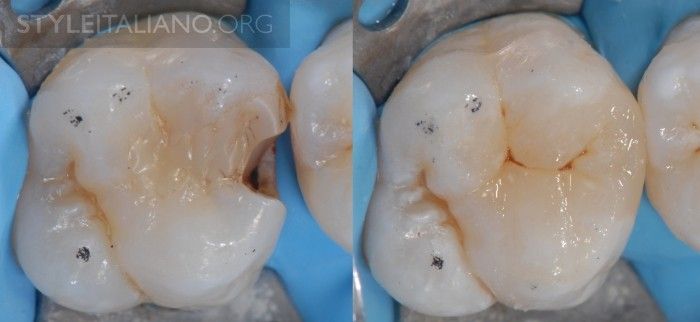
Figure 2. Their purpose is to save time traveling from point "before" to point "after".

Figure 3. We have replicated the relief of the upper and lower lateral teeth by copying the natural occlusal surfaces, but simplified their shapes to a few basic lines, which are sufficient to understand the idea of the tooth.

Figure 4.
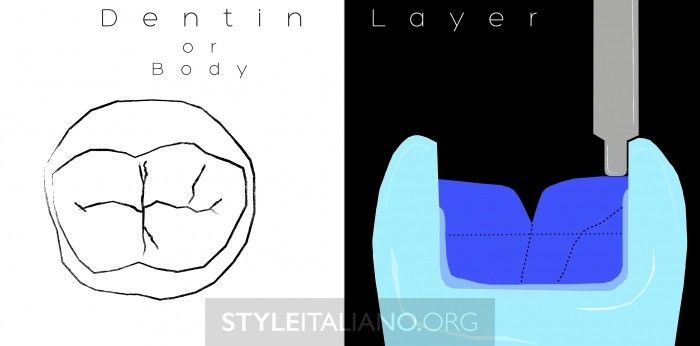
Figure 5. The material is applied in layers up to 1.5 mm from the edge of the cavity using any preferred method: horizontally or in oblique layers, considering the C-factor. The LM Arte Posterior Misura measuring tool can be placed along the edge of the preparation due to its shape, and measure 1.5 mm, which will be filled with the final layer of restoration.

Figure 6. It is important to carefully remove any excess composite and properly distribute the material.
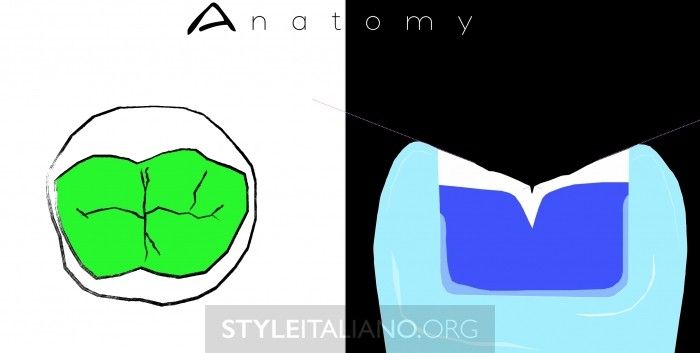
Figure 7. Basic lines are used for marking the groove.
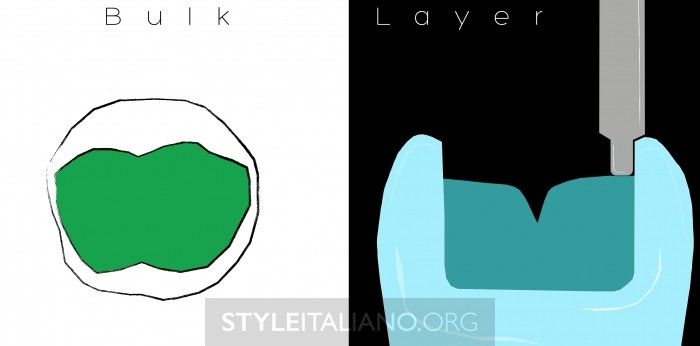
Figure 8. The combination of basic line technique and bulk&body technique is very convenient. The main bulk material can be used for one-time filling of the cavity, and the Posterior Misura tool allows for calibration of the thickness of the final layer.
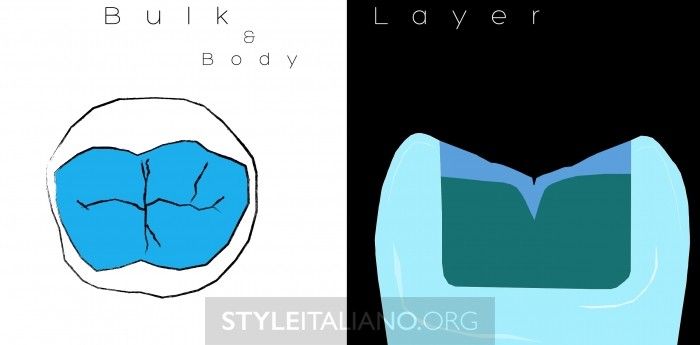
Figure 9. To achieve maximum efficiency from both materials and to obtain the best result when placing the body layer on the occlusal surface and the bulk layer beneath it, thickness control is very important.

Figure 10. If we decide to fill the entire cavity with bulk material at once, the main lines will help us form the occlusal anatomy in a simple way without losing proportions.
Step-by-step process
The key point is not to lose information about the tooth from the original anatomy. Definitely, the best way to get information is not to miss it!
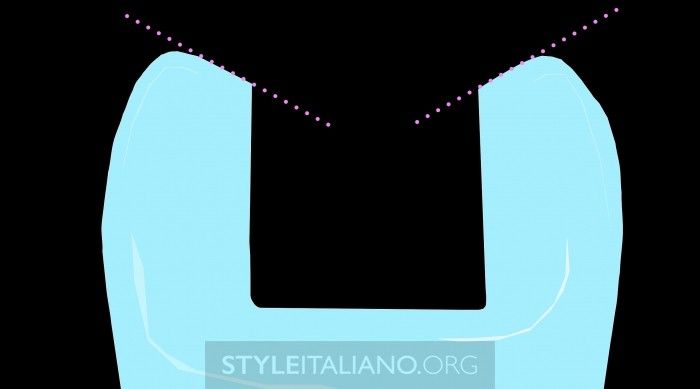
Figure 11. Hint #1: the inclination of the remaining slopes of the mounds.
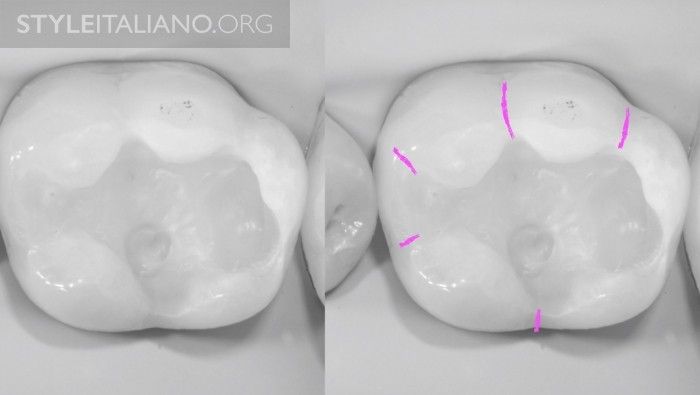
Figure 12. Hint #2: localization of the grooves, or what remains of them.
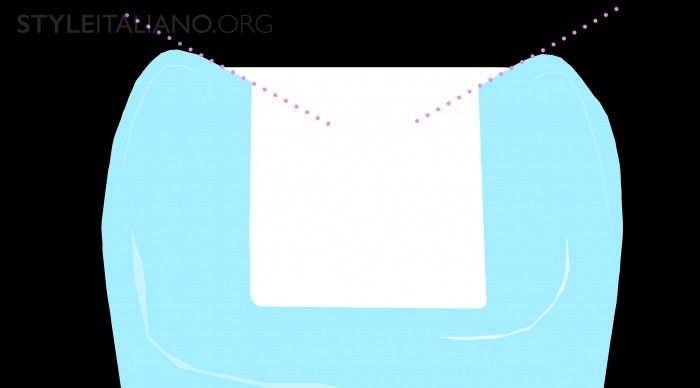
Figure 13. Introduce material and compact using Condensa LM Arte across the entire occlusal surface.

Figure 14. It is important to place the Condensa LM Arte tool along the ridge to replicate its slope. This way, we also remove excess material.

Figure 15. Use the Fissura tool to shape the fissures and improve the edge adaptation of the material.

Figure 16. A key point is determining the center of modeling. This will be the starting point for all lines while the tooth will indicate where they should end, just connect the dots along the main lines.
Step-by-step explanation using a clinical case example.
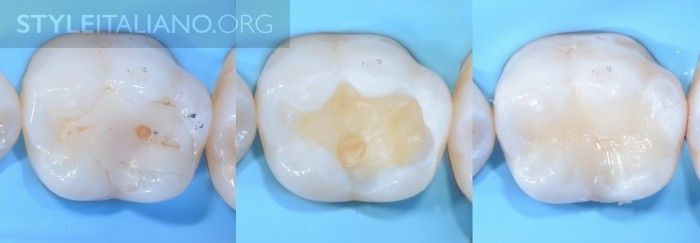
Figure 17. Cleaned cavity; composite filled and compacted across the entire occlusal surface.

Figure 18. Center determined; beginning of the formation of the lingual groove; then the mesio-buccal.

Figure 19. Tool movements along the groove are conducted from the center to the periphery for the correct displacement of the material.

Figure 20. At the final stage, we use the Compobrush to soften the anatomy and highlight the fissures using paints.
Modeling of Occlusal Anatomy
New materials allow for reduced polymerization shrinkage and, consequently, provide more effective polymerization in the deep layer. Today, modeling occlusal anatomy in one session is becoming increasingly necessary if we use new materials. This leads to better results in terms of time and quality. If we spend less time on the layer, we have more time for details and/or finishing and polishing the restoration.
The technique of free composite application at the webinar Composite Protocol: Index Technique.
http://styleitaliano.org/
